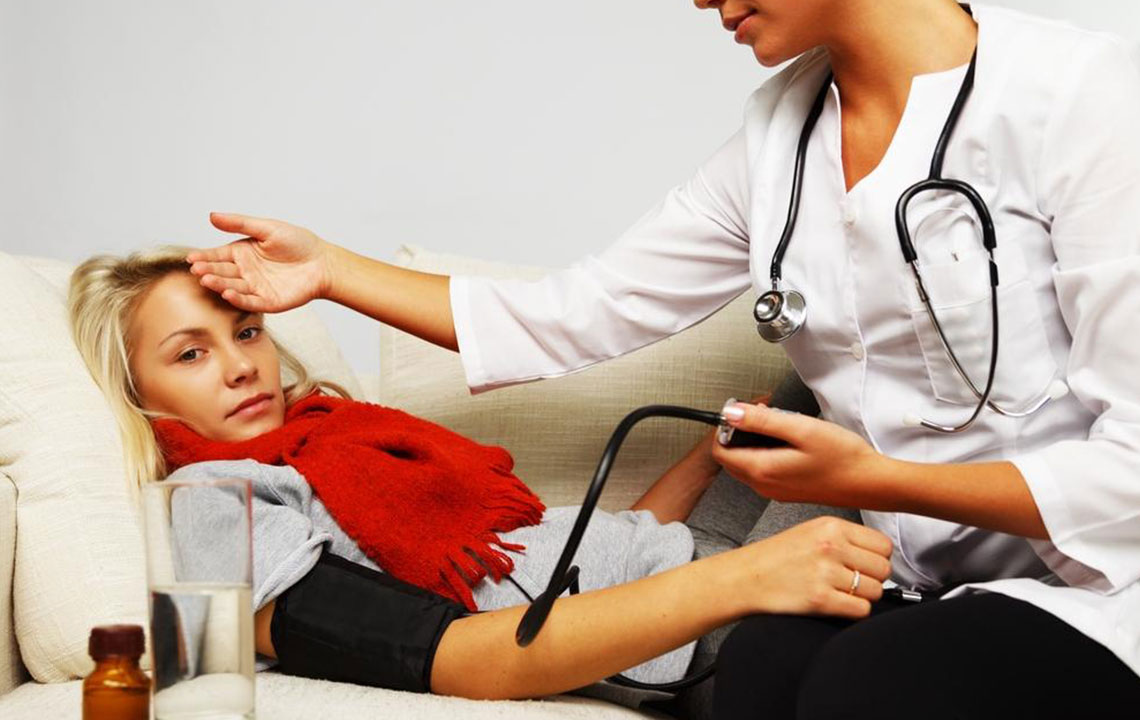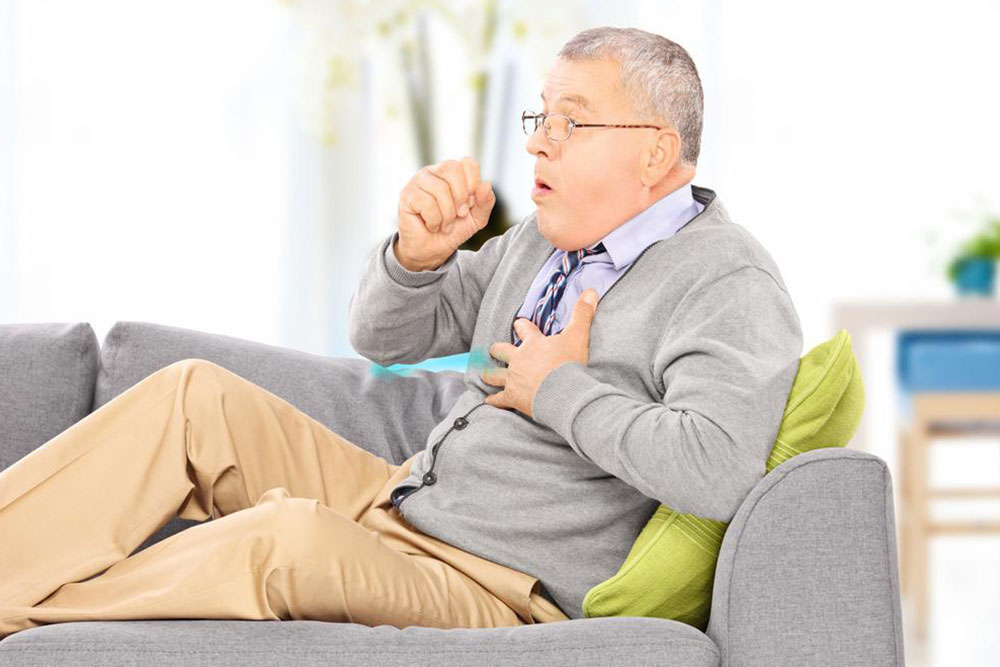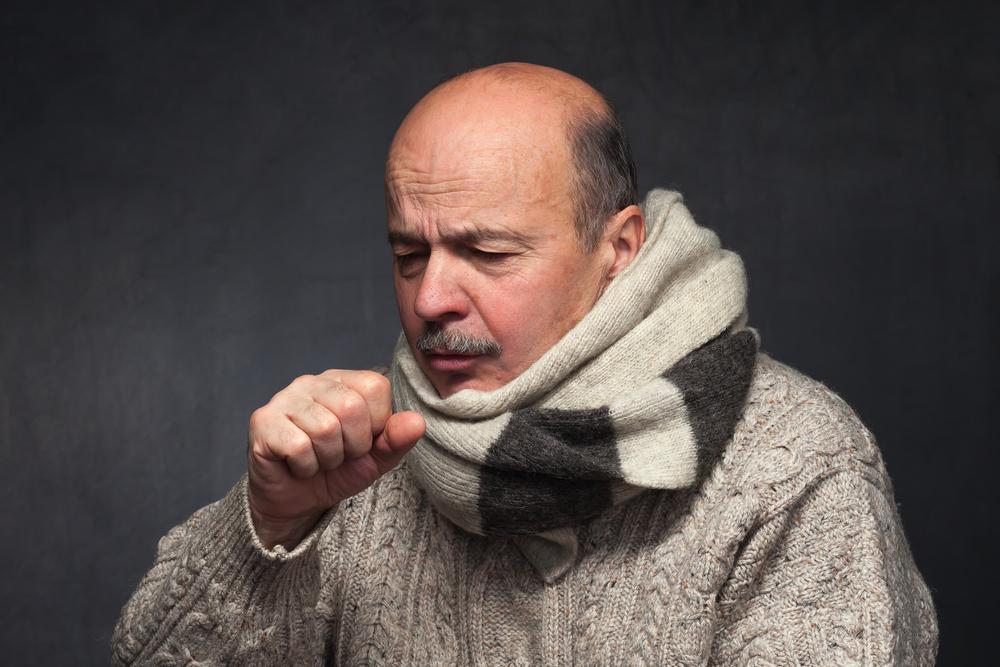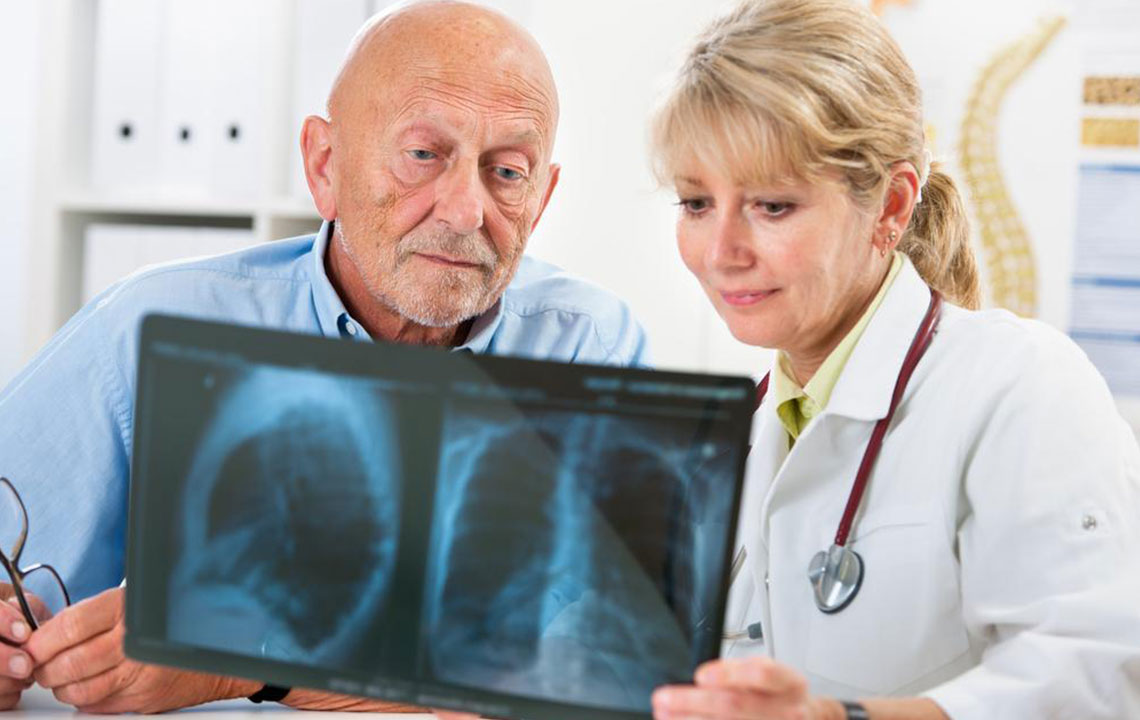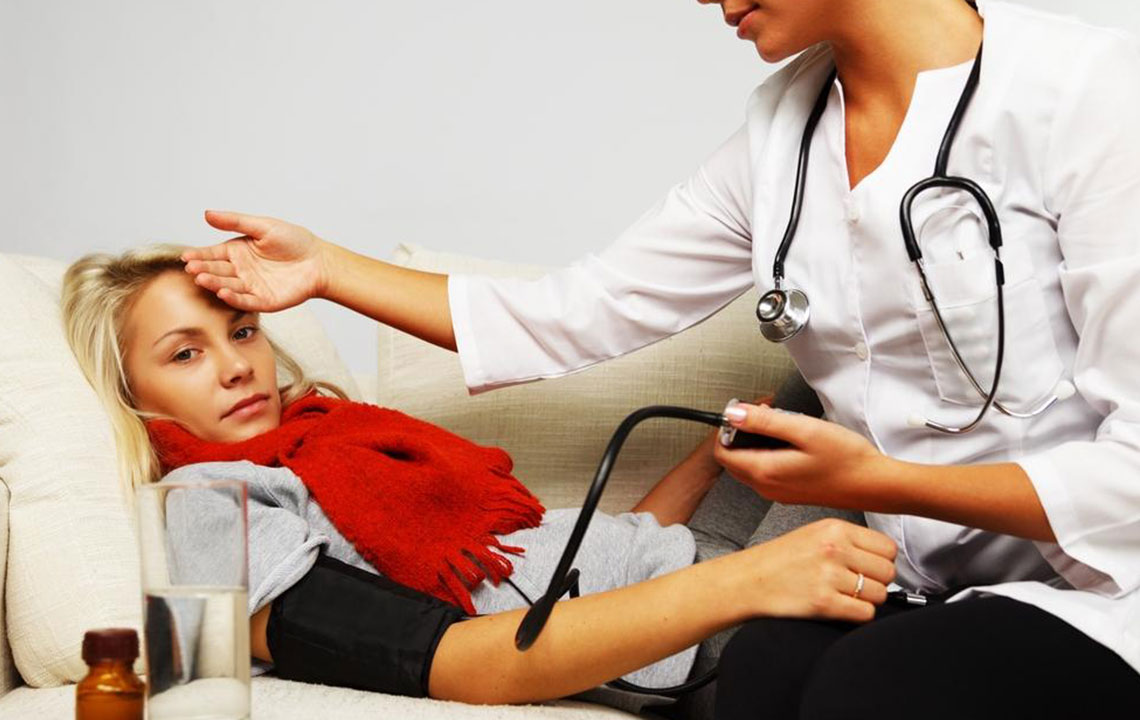A Comprehensive Guide to Pneumonia: Causes, Symptoms, Diagnosis, and Effective Treatments
This comprehensive article explores pneumonia in detail, covering its causes, symptoms, diagnostic methods, and treatment options. It emphasizes the importance of early detection, preventive measures like vaccination, and timely medical intervention, especially for vulnerable populations. Learn how pneumonia affects the lungs, how it spreads, and what steps you can take to protect yourself and your loved ones from this potentially severe respiratory infection.

Understanding Pneumonia: Causes, Symptoms, Diagnosis, and Effective Treatments
Pneumonia is a pervasive and potentially serious lung infection that can impact individuals across all age groups, from young children to the elderly. It occurs when the lungs become inflamed due to infection by bacteria, viruses, fungi, or other microorganisms. Recognizing the signs and understanding the causes of pneumonia are crucial steps in ensuring prompt medical intervention, which can significantly reduce the risk of severe complications or even fatalities.
**What Is Pneumonia?**
Pneumonia is characterized by infection-induced inflammation of the alveoli—the tiny air sacs within the lungs where oxygen exchange occurs. When these sacs become filled with fluid or pus, breathing becomes difficult, leading to a range of symptoms that vary in intensity depending on age, overall health, and the pathogen involved.
**Common Causes of Pneumonia**
The primary culprits behind pneumonia are bacteria, viruses, fungi, and, sometimes, parasites. Among these, bacterial pneumonia is generally more aggressive and requires prompt antibiotic treatment, whereas viral pneumonia is often less severe but can still cause serious health issues. Fungal pneumonia tends to occur in immunocompromised individuals, including those with weakened immune systems due to conditions like HIV/AIDS, cancer, or certain medications.
**How Is Pneumonia Transmitted?**
Transmission primarily occurs via airborne droplets expelled when an infected person coughs, sneezes, or talks. These droplets can be inhaled by nearby individuals, leading to infection. It can also spread through contact with contaminated surfaces or objects that harbor the infectious agents. Therefore, good hygiene practices, such as frequent handwashing and avoiding close contact with infected persons, are vital in preventing the spread of pneumonia.
**Recognizing the Symptoms of Pneumonia**
Symptoms can manifest differently based on age and the severity of the infection. Common indicators include cough with mucus, fever and chills, shortness of breath, rapid breathing, chest pain, fatigue, and general malaise. In infants and elderly adults, symptoms may be less specific but can include poor feeding, lethargy, or confusion. Prompt identification of these symptoms and seeking medical care is critical for effective treatment.
**Diagnosis of Pneumonia**
Diagnostic procedures typically involve a physical examination, during which healthcare professionals listen to the lungs with a stethoscope for abnormal sounds like crackles. Imaging tests, such as chest X-rays, play a vital role in confirming the diagnosis and assessing the extent of lung involvement. Additional tests like blood tests, sputum analysis, and pulse oximetry help identify the causative pathogen and determine the severity of the disease.
**Treatment Options for Pneumonia**
The appropriate treatment depends on the cause, severity, and the patient’s overall health. Bacterial pneumonia generally responds well to antibiotics, while viral cases may require antiviral medications or supportive care. Fungal pneumonia necessitates antifungal drugs. Treatment also involves rest, hydration, and sometimes supplemental oxygen if breathing becomes compromised. Hospitalization may be necessary for severe cases, particularly in vulnerable populations such as the very young, elderly, or immunocompromised individuals.
**Preventing Pneumonia**
Preventive measures are essential, especially for high-risk groups. Vaccinations against pneumococcal bacteria and influenza viruses can significantly reduce the risk of developing pneumonia. Maintaining good hygiene, practicing respiratory etiquette, avoiding smoking, and managing chronic illnesses effectively further diminish risk. Additionally, lifestyle adjustments like quitting smoking and ensuring proper nutrition help fortify the immune system against respiratory infections.
**Who Is Most at Risk?**
Vulnerable groups include young children, particularly those under the age of five, the elderly over 65, and individuals with chronic diseases such as asthma, COPD, diabetes, or compromised immune systems. Recognizing risk factors enables proactive efforts in prevention, early diagnosis, and treatment to avoid complications like lung abscess, pleural effusion, or sepsis.
In conclusion, understanding pneumonia's causes, symptoms, and treatment options is vital in managing this potentially life-threatening condition. With timely diagnosis, effective use of antibiotics or antivirals, and preventive strategies, many patients can recover fully. Awareness and early intervention remain the cornerstones in reducing pneumonia-related morbidity and mortality worldwide.

